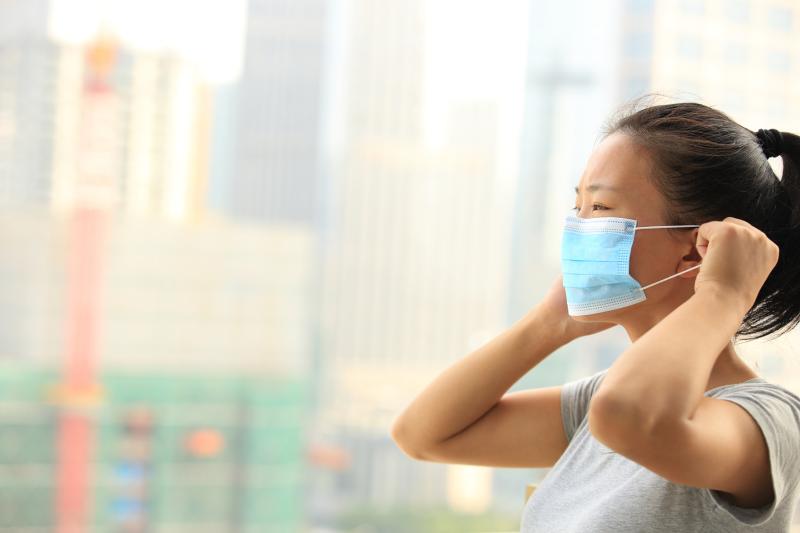Face masks slow spread of respiratory viruses




 It is important for the medical community to recognise and be aware of the long-term behavioural impacts on children, resulting from lead exposure.
It is important for the medical community to recognise and be aware of the long-term behavioural impacts on children, resulting from lead exposure.The use of masks appears to be effective in curbing the spread of respiratory viruses, according to a new meta-analysis.
“This meta-analysis of the 21 studies provided the latest state-of-art evidence on the efficacy of masks in preventing the transmission of respiratory virus infections (RVIs). Our data show that the protective effects of masks against RVIs were not only significant for both healthcare workers (HCWs) and non-HCWs, but also consistent between Asian and Western populations,” said researchers.
Accessing the databases of PubMed, ScienceDirect, Web of Science, CNKI, VIP, and the Cochran Library, the researchers found 21 studies eligible for inclusion. One study was in the context of the current coronavirus disease 2019 (COVID-19) pandemic. Other RVIs included the severe acute respiratory syndrome (SARS), influenza, and H1N1. [Travel Med Infect Dis 2020;doi:10.1016/j.tmaid.2020.101751]
In the total cumulative sample of 8,686 patients, wearing a mask was significantly and strongly protective against RVIs, cutting the risk of infection by 65 percent (odds ratio [OR], 0.35, 95 percent confidence interval [CI], 0.24–0.51).
This effect remained consistent across different subgroup. In HCWs, for example, the use of masks was especially effective in preventing RVIs (OR, 0.20, 95 percent CI, 0.11–0.37). In the one study involving COVID-19, masks nearly eliminated this risk entirely (OR, 0.04, 95 percent CI, 0.00–0.60).
The protective impact of masks was weaker in non-HCWs but nevertheless remained statistically significant (OR, 0.53, 95 percent CI, 0.36–0.79).
Geography likewise did not seem to be an important factor modifying the efficacy of masks. The protective effect remained strong and significant in both Asian (OR, 0.31, 95 percent CI, 0.19–0.50) and Western (OR, 0.45, 95 percent CI, 0.24–0.83) settings. The benefits remained greater in HCWs but were still significant in non-HCWs.
Analysis according to virus type further illustrated the importance of using masks. The risks of influenza (OR, 0.55, 95 percent CI, 0.39–0.76), SARS (OR, 0.26, 95 percent CI, 0.18–0.37), and COVID-19 (OR, 0.04, 95 percent CI, 0.00–0.6) were all significantly attenuated by using face masks. No such effect was reported for H1N1 (OR, 0.30, 95 percent CI, 0.08–1.16).
Notably, the effect of masks appeared to be weaker in cluster randomized trials (OR, 0.65, 95 percent CI, 0.47–0.91) than in observational studies (OR, 0.24, 95 percent CI, 0.15–0.38), but nevertheless remained significant.
“The present meta-analysis still has several limitations,” said the researchers. These include the paucity of relevant studies, particularly in the context of closed-vehicle transportation. Differences in diagnostic criteria and the lack of data on the different types of masks and other potential confounders―such as vaccination, hand hygiene, and culture―may have also affected the conclusions.
“More evidences are still needed to better clarify the effectiveness of masking in various circumstances,” the researchers added.